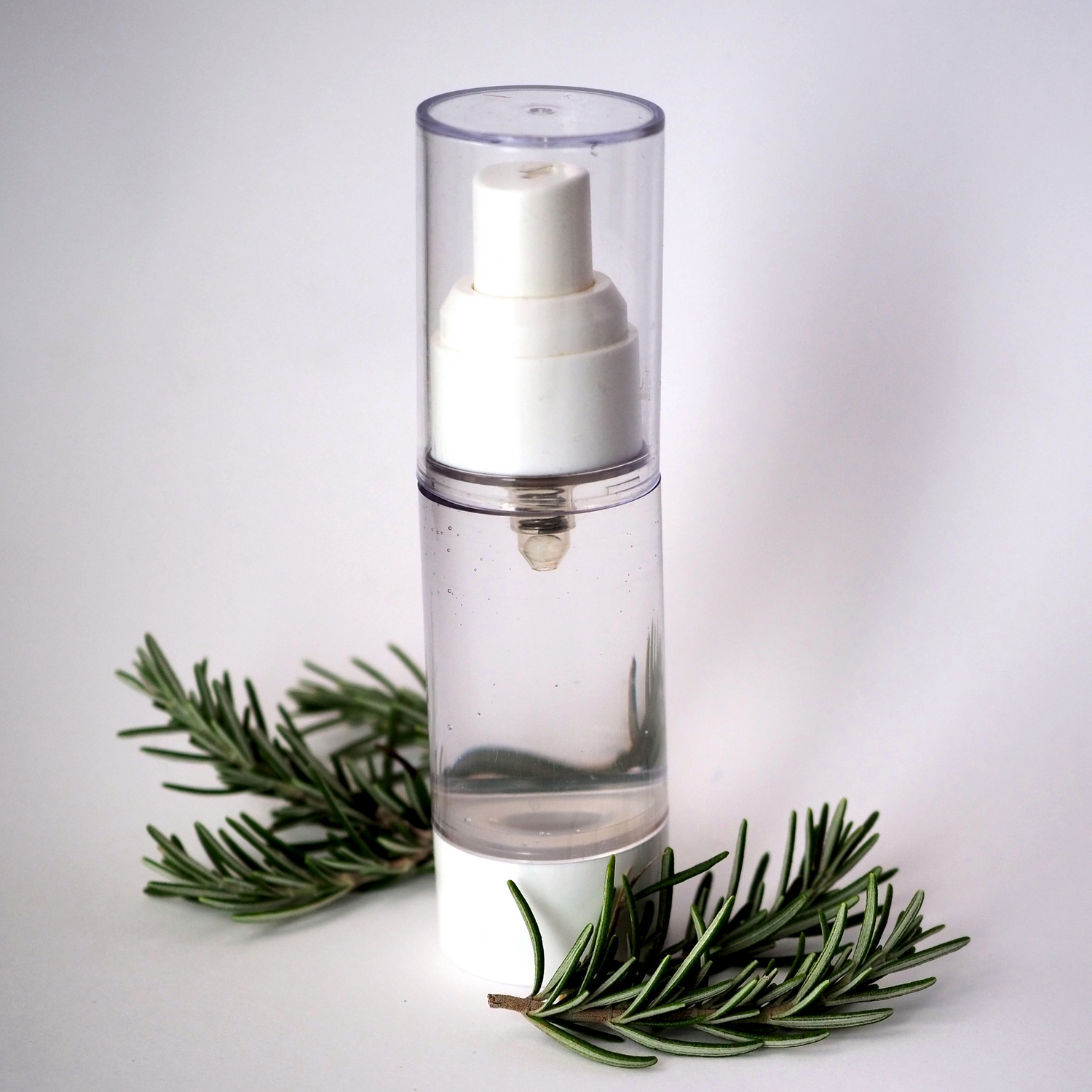One of the major concerns facing the cosmetics industry is the massive use of plastic. Billions of plastic bottles, tubes, and jars are produced each year to contain our creams, lotions, and makeup products. Much of this plastic ends up polluting our oceans, threatening marine life and our health.
Let's take a closer look at the problems associated with non-eco-friendly and unnecessary containers in the cosmetics industry.
1. Disposable Plastic Packaging: One of the most pressing problems in the cosmetics industry is the widespread use of disposable plastic packaging. Plastic bottles, tubes, and jars are ubiquitous in our bathrooms. Disposable plastic has a major environmental impact because it decomposes very slowly, contributing to plastic pollution in oceans and landfills.
2. Over-packaging: Most cosmetic products are over-packaged. For example, a small jar of cream is placed in a pretty cardboard box. This over-packaging generates a significant amount of unnecessary waste.
3. Single-use packaging: Unfortunately, some companies are innovating in the wrong direction; the current trend is toward single-use face masks in sachets. These innovations are completely useless from an environmental perspective.
4. Bulky Containers: Some products are sold in bulky containers that are much larger than necessary. This requires more resources for manufacturing and transportation.
Even though some plastics are recyclable, that doesn't necessarily mean they're eco-friendly or beneficial to the environment. Here's why:
1. Inefficient Recycling: Some forms of plastic, while technically recyclable, are actually difficult to recycle effectively due to their composition or shape. This means that even if the plastic is put in the recycling bin, it may end up being incinerated or landfilled rather than being made into a new product.
2. Food chain pollution: Even if a plastic is recycled, this does not guarantee that it will not end up contaminating the environment. Microplastics, which are tiny plastic particles resulting from the degradation of larger plastics, are now present in marine ecosystems, the food chain, and even the water we drink.
3. Lifespan: Even recyclable plastics have a very long lifespan and can take hundreds of years to completely decompose. During this time, they can cause considerable environmental damage.
4. Plastic Production: Plastic production, even for recyclable products, requires significant amounts of resources and fossil energy. This contributes to greenhouse gas emissions and the depletion of natural resources.
5. Pollution during recycling: The recycling process itself can cause polluting emissions, especially when it comes to colored plastics or those containing additives.
Ultimately, while recycling is an important step in managing plastic waste, it cannot completely solve the environmental impact of plastics. Reducing plastic consumption, especially single-use plastics, and finding more sustainable and environmentally friendly packaging materials are essential to minimizing our impact on the planet.
Here are some possible solutions to reduce the ecological footprint:
-
Sustainable packaging : Cosmetic brands can opt for sustainable packaging, such as glass, which is infinitely recyclable, making it an excellent packaging material. Aluminum and steel, which are recyclable and have a long lifespan, are recyclable and can be reused. Bioplastics made from renewable materials such as corn starch or sugarcane are an alternative to traditional plastic. However, their environmental impact depends on how they are produced and disposed of. Post-consumer recycled (PCR) plastic for packaging is also an option that helps reduce the demand for virgin plastic.
-
Minimalist packaging : Brands can reduce over-packaging by offering minimalist packaging and using recyclable materials.
-
Refills: Some brands offer refill systems for their products, reducing the amount of waste generated by packaging.
-
Reusable applicators: Encourage the use of reusable applicators, such as washable makeup brushes, instead of disposable applicators.
-
Consumer education: Raising consumer awareness of the problems associated with unnecessary packaging and encouraging them to make eco-responsible choices.
Ultimately, reducing the use of unfriendly and unnecessary containers in the cosmetics industry is a key element in making this industry more environmentally friendly. Brands and consumers both have a role to play in promoting more sustainable practices. As consumers, are you ready to support brands committed to this?







